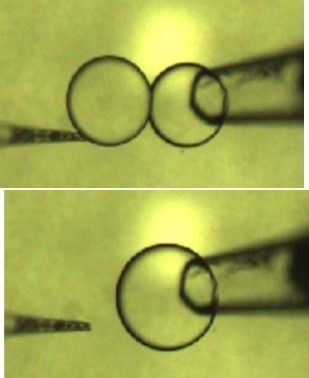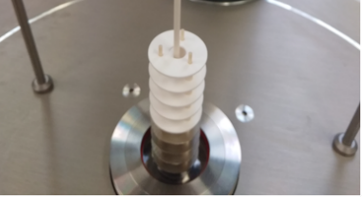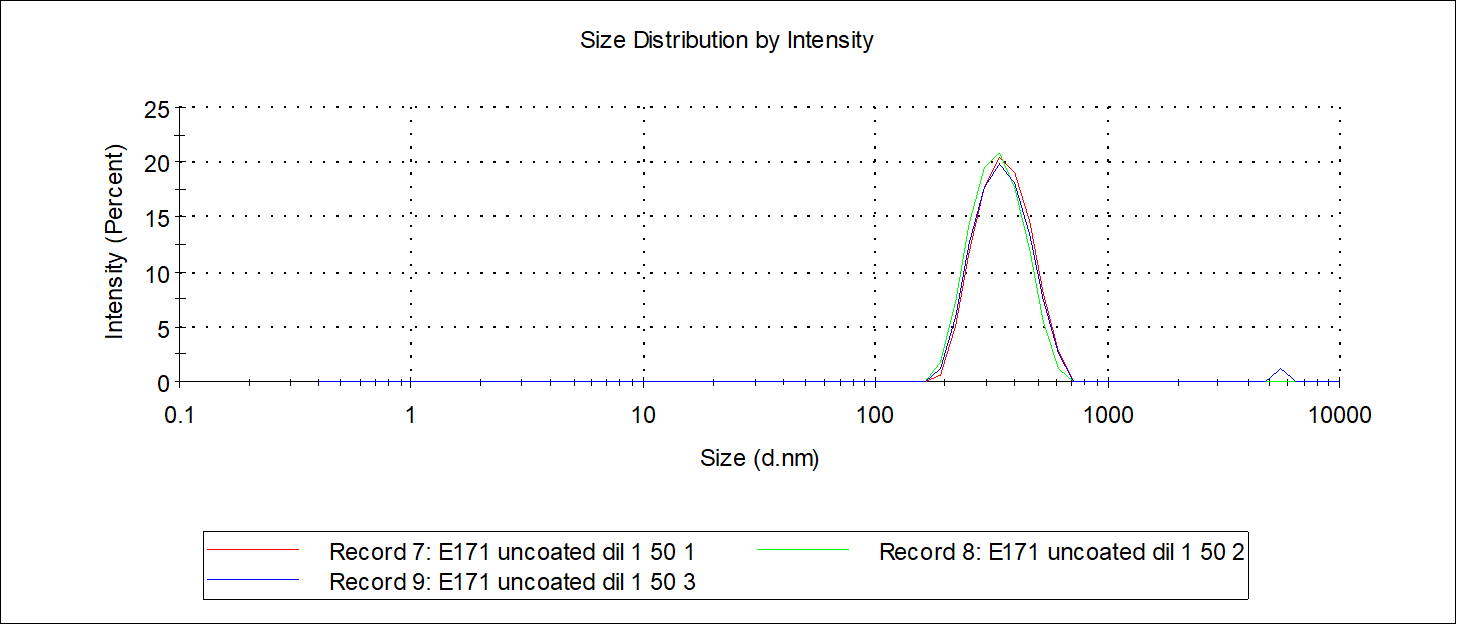Interfacial Tension and Contact angle Measurements
Structural & Morphology Characterization (Surface/overlayer/interface characterisation)
The characterization of liquid-air and liquid-liquid interfaces in the presence of nanoparticles and/or surfactants is a strategic tool in various fields including the understanding of industrial technologies based on the use of liquid interfaces (chemical technologies, separative processes, multiphase flows, etc.), on innovative methods of environmental monitoring of pollutants based on interfacial properties or on industrial applications of emulsions and foams (ex. oil industry, foods, cosmetics & healthcare, printing). For the productions of films and 3D structure moreover, it is important to assess the rheology of the systems produced (inks, pastes, etc.) in order to optimize the production process.
The main techniques/set-ups available for the related characterization are:
- a) Liquid and liquid/solid interfaces:
- Drop/bubble profile and pressure analysis tensiometers for surface tension measurements, interfacial rheology in liquid-liquid and liquid-gas systems on various timescales, wetting and wettability studies: Drop shape, Maximum Bubble Pressure, Oscillating Drop tensiometers, yTensiometer for liquid films and bubbles/drops coalescence (DBMM)
- Langmuir Trough set-up with tensiometry, ellipsometry, and Brewster Angle Microscopy, for monolayers studies.
- b) Functional properties of nanofluids and emulsions, such as stability, thermal diffusivity, heat capacity.
c) Dispersions characterization:
measure of the Particle Size Distribution PSD, Dynamic Light Scattering DLS, measure of the Zeta potential by electrophoretic Light Scattering or Electrophoretic kinetic techniques.

Instruments datasheets






